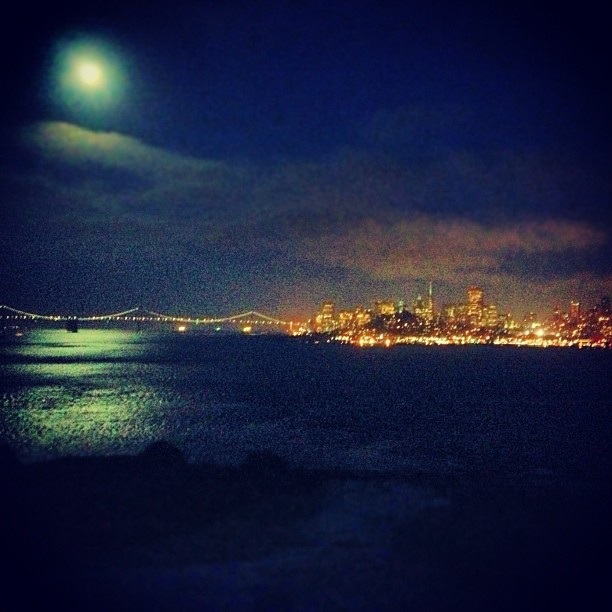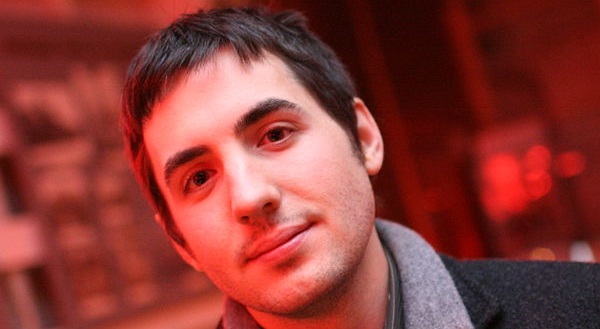As Twitter turns seven, its status is finally a safe one
There was a time in 2008 when Twitter really started taking off. Celebrities were starting to use it. Kevin Rose, former geek leader and entrepreneur, dissed his own startup, Pownce, by saying that he preferred Twitter. The company was on a good trajectory.
That was on the surface. Behind the scenes, it was far from cozy. They were having coding issues. They couldn’t stay up for an entire day without presenting a fail whale for an extended period of time. They were, in essence, a tech company that was getting too popular for their own good and couldn’t figure out how to bring everything together.
Then, Facebook blossomed. This could have been the death of Twitter. Even though they have never been direct competitors, the two social networking sites were fighting for the same share of time and mobile effort. With smartphones on the rise and western society moving more towards transparency of their lives, Facebook’s meteoric rise could have been enough to make Twitter see a permanent fail whale. Facebook was finding success in revenue more quickly, investors seemed to love the site more, and Twitter started looking like a fad being perpetuated by the likes of Ashton Kutcher and President Barack Obama.
It could have gone from hero to zero sometime from 2008-2010 faster than MySpace during their epic fall from grace. They didn’t, though. They made adjustments, secured their code and servers to prevent less hacking and fewer fail whales, beat Facebook in the mobile arena (for a while) and started looking like a company that could eventually turn a profit.
What had changed? Why was the company that still to this day has not mastered the realm of generating revenue propelled from fad to a steady company with a bright future? They mastered real time. They became the source of news that often comes out too quickly. As documented in the video below, they were breaking news faster than anyone. There were pictures of a plane floating in the Hudson River that appeared on Twitter before the news channels could find keys to their vans.
They found their niche in real time and real world location-based happenings and have never looked back. Facebook in many ways has become a venue for people to tell their friends and family what happened to them, while Twitter became a way to tell the world what was happening right now.
Today, they are thriving. They have over 200 million active users and half a billion total users. They don’t have nearly the revenue of Facebook but they also don’t have the costs associated with running a full-blown social network, nor do they have Wall Street breathing down their neck. Sure, they have investors, but they took on investments wisely, never over-promising what they’d be able to deliver in return and setting themselves up for the long haul.
As they sit at seven years old, they are well positioned to continue indefinitely. They’ve overcome most of the hurdles that stood in their way on their path to sustainability as a business and now they are positioned to decide on their own terms how best to grow. Twitter, today, is in a good place. The next seven years should be easier than the first.
https://www.youtube.com/watch?v=Bl-FpuehWGA






